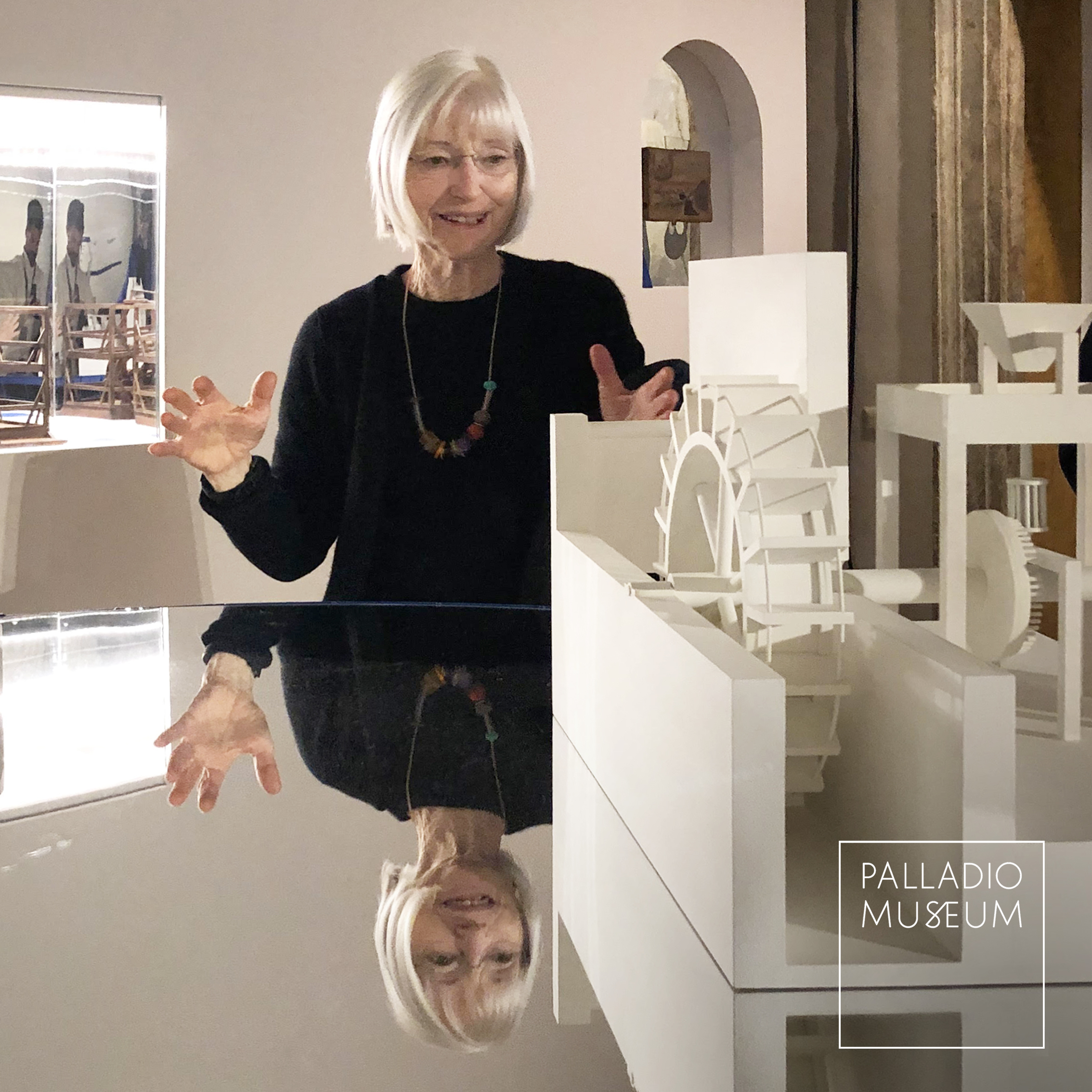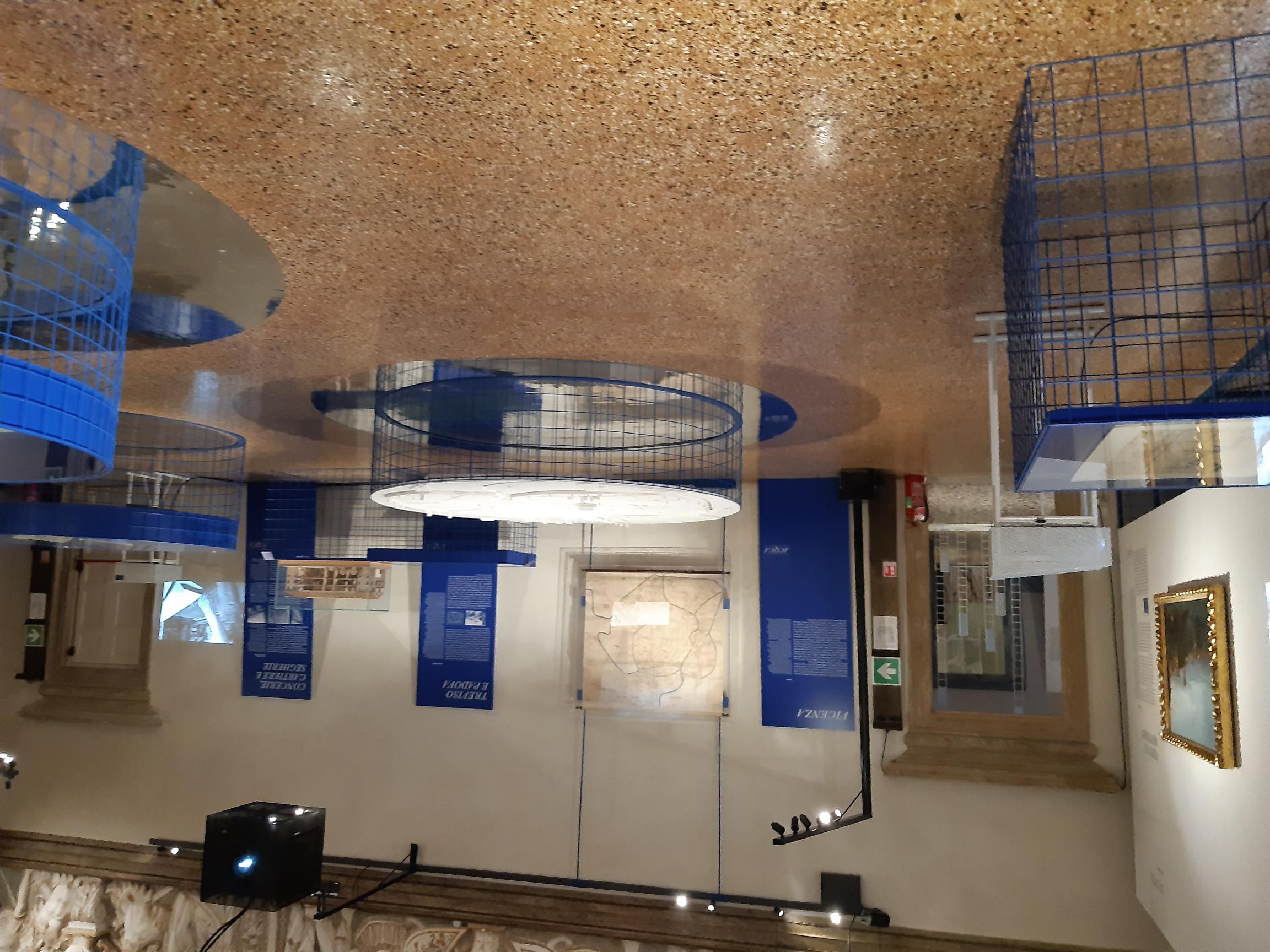Academic’s exhibition on 16th-century industrial heritage of the Veneto has lessons for today’s innovators
“Inventors came to make the Venetian Republic a hub of international exchange in new technologies”
A new exhibition curated by an architectural historian from St John’s College explores the ‘spirit of enterprise’ underpinning industrial buildings of the Renaissance in the stunning region of north-eastern Italy once ruled by the powerful Venetian Republic.
Acqua, Terra, Fuoco (‘Water, Earth, Fire’): Industrial Architecture of the Renaissance in the Veneto, curated by Professor Deborah Howard, has opened in Vicenza, a city in the Veneto region known for its elegant buildings designed by 16th-century architect Andrea Palladio.
Professor Howard, who is Professor Emerita of Architectural History in the Faculty of Architecture and History of Art and a Fellow of St John’s, has also edited a book entitled Proto-Industrial architecture of the Veneto in the Age of Palladio to accompany the exhibition, which is now open at Vicenza’s Palladio Museum.

The exhibition celebrates the 10th anniversary of the museum, housed in one of the architect’s finest palaces, the Palazzo Barbaran da Porto. Professor Howard said: “The exhibition reveals the spirit of enterprise that underpinned Palladio’s career as an architect. The 16th century was a remarkable period of innovation in the Veneto, not only in architecture but in every sector of the economy. There were flour mills, rice mills, woollen mills, silk mills, paper mills, sawmills, forges, foundries, blast-furnaces, lime-kilns, brickworks, leather tanneries, mines, and mills for crushing stones.
“At the same time, in the second half of the 16th century the number of patent applications for new mechanical inventions granted by the Venetian Senate increased dramatically. The inventors came not only from the Veneto but also from elsewhere in Italy and other European countries, to make the Venetian Republic a hub of international exchange in new technologies.”
Entrepreneurs of the age took advantage of this new spirit of innovation to expand the use of water power. The line of natural springs across the foothills of the Alps between Brescia and Udine provided the perfect location for new industrial mills because spring-fed waterways remained constant all year round in both temperature and volume.
The exhibition traces this expansion from cities into the countryside of a range of industries previously powered by men or animals. “The early industrial sites are exhibited through artefacts of the period, films, paintings, drawings, maps, early printed books and manuscripts, all displayed in a stunning setting devised by the brilliant young opera-designer Andrea Bernard,” added Professor Howard.
“The exhibition has surpassed my wildest dreams. Watching the loans being unpacked from huge red wooden crates was a thrilling experience – they even included a painting by Titian showing a blast-furnace in the background. At the opening of the exhibition I had the great honour of cutting the ribbon with a pair of gold-plated scissors kept in a velvet pouch.”

The displays are arranged in three sections – Water, Earth and Fire – and invite viewers to reflect on issues that are relevant to our own time, including the value of our earliest industrial heritage; the use of traditional local building materials; the potential of renewable, clean energy; and the importance of precious natural resources such as waterways and forests.
Professor Howard’s main research interests include the art and architecture of Venice and the Veneto. The fieldwork and research for this recent project were funded by her Leverhulme Emeritus Fellowship (2017-2019).
The exhibition is open until 12 March 2023 at Palladio Museum, Vicenza, and the accompanying book is available to buy online from the Italian publishing house, Officina Libraria.
Published 24/11/2022